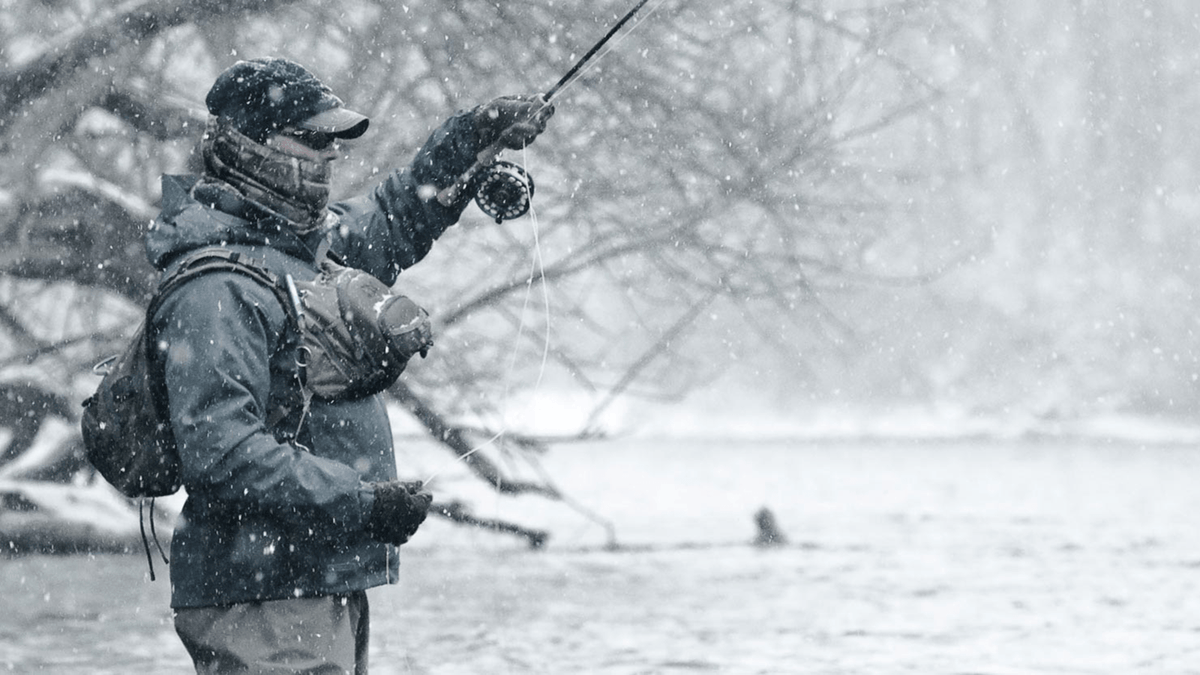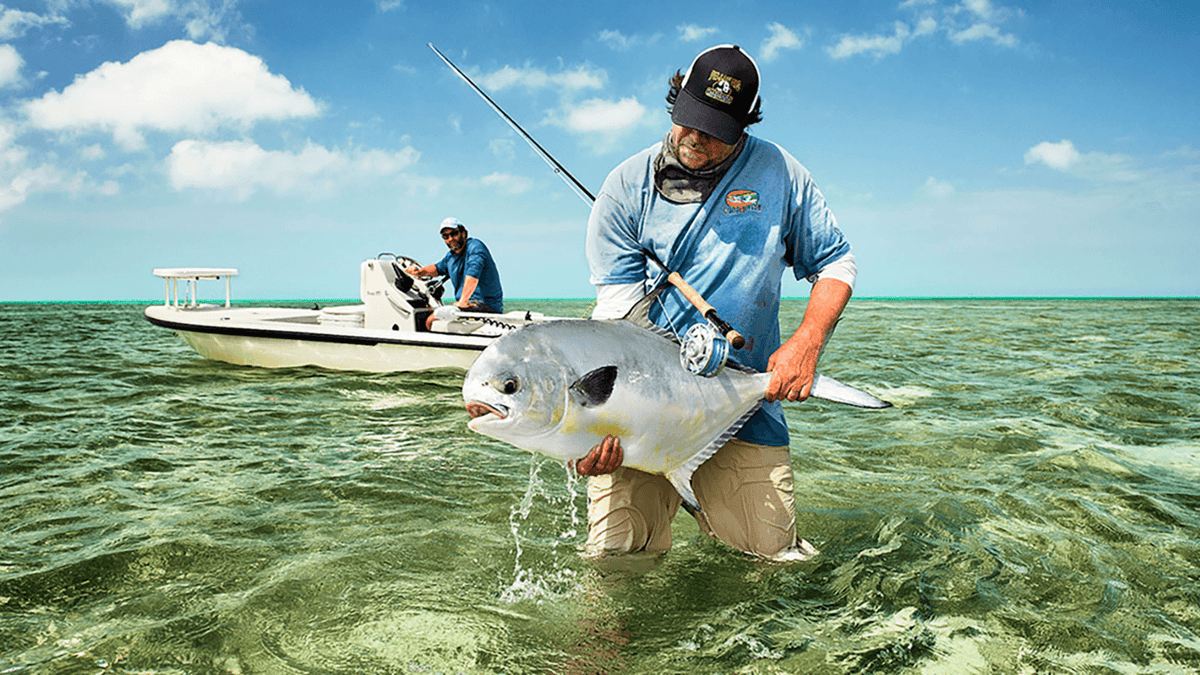Wooly Buggers Catch Big Fish

Before I even considered fly fishing when I was younger, my father took me to our favorite limestone stream in Eastern Pennsylvania. With spinning rod and reel in hand, the only thing we would cast was minnows. We usually also had a cup full of worms and a couple spinners, but we never really needed them because the fathead minnows that we kept alive all night were producing rainbows, browns, and brookies consistently all morning.
Once I began my fly fishing journey and I needed a similar “go-to” fly, I quickly learned that the Wooly bugger fly is much like the minnows I used in the past. Very reliable, easy to fish, and many species of freshwater fish gobble them up.
A Wooly Bugger, before it is casted, is big and buggy like many streamers. But, once it is casted into moving water, it appears thinner just like a baitfish or minnow. The Wooly Bugger can look similar to many other foods as well like helgrammites, stoneflies, and leeches just to name a few. Interestingly, many people believe that the reason a fish will strike a bugger is because it isn’t quite sure what it is and the way to find out is to give it a bite. Regardless of what the fish is thinking, it is very common to feel an aggressive strike, just like I did with a minnow years ago. The Wooly Bugger, when fished properly, is moving through the water because of the current or stripping the line and the fish instinctively knows that a quick strike is need before it’s prey gets away.
Tips for Fishing the Wooly Bugger Fly
There really isn’t a wrong way to fish a Wooly Bugger and that’s comforting. You can fish it in lakes, river, streams, or salt flats. The 3 keys important keys to success are:
1. Keep it moving: Think of it as putting a soft-plastic bait onto a spinning reel when you’re bass fishing. It is a lot more effective when it’s falling, twitching, and moving. Make sure you do the same here. Use a bead head bugger or add a split shot to get it to fall farther below the water’s surface.
2. Have a variety of colors: Fish love to strike Wooly Buggers but the preferred color can change from day-to-day or even hour-to hour. I recommend having one fly box just for your buggers with various colors. Must have colors are black, brown, and white because they are more natural. Purple, pink, and yellow are also nice to have to peak some interest.
3. Have a variety of sizes: I’ve caught bass and trout on everything from a size 2 to a size 12. But, you don’t need to limit yourself there depending on the type of fish you are pursuing. Typically sizes 6 to 12 will get the job done for trout and even bass.
What Materials Are Used for Wooly Buggers

Here are the materials that are commonly used to tie a Wooly Bugger. But, since it does not imitate any specific organism, the varieties are endless. The most common variation is the addition of a gold bead head. Also common is mixing in 2 or 3 different colors between the body, hackle, and tail. I even get requests to add some yarn to the tail from time to time. If anyone has any thoughts on that technique please leave me a comment.
Hook: Mustad 3906B (Start with a Size 6 for your first bugger before going to smaller hook sizes)
Thread: Black UNI Thread 50
Body: Lead wire .025 wt / Chenille (black)
Hackle: Black Hen Saddle
Tail: Black Marabou with a strand or 2 of flash
There are many videos and articles on the step by step process of tying Wooly Buggers. I recommend YouTube or a simple Google search if you want to learn the steps.
Leave a comment
Comments will be approved before showing up.
Also in Catch the Latest fly flshing news

Fly Fishing Flies for Winter – 3 Patterns That Induce Cold Weather Strikes

The Top 6 Saltwater Flies To Use For Fly Fishing

